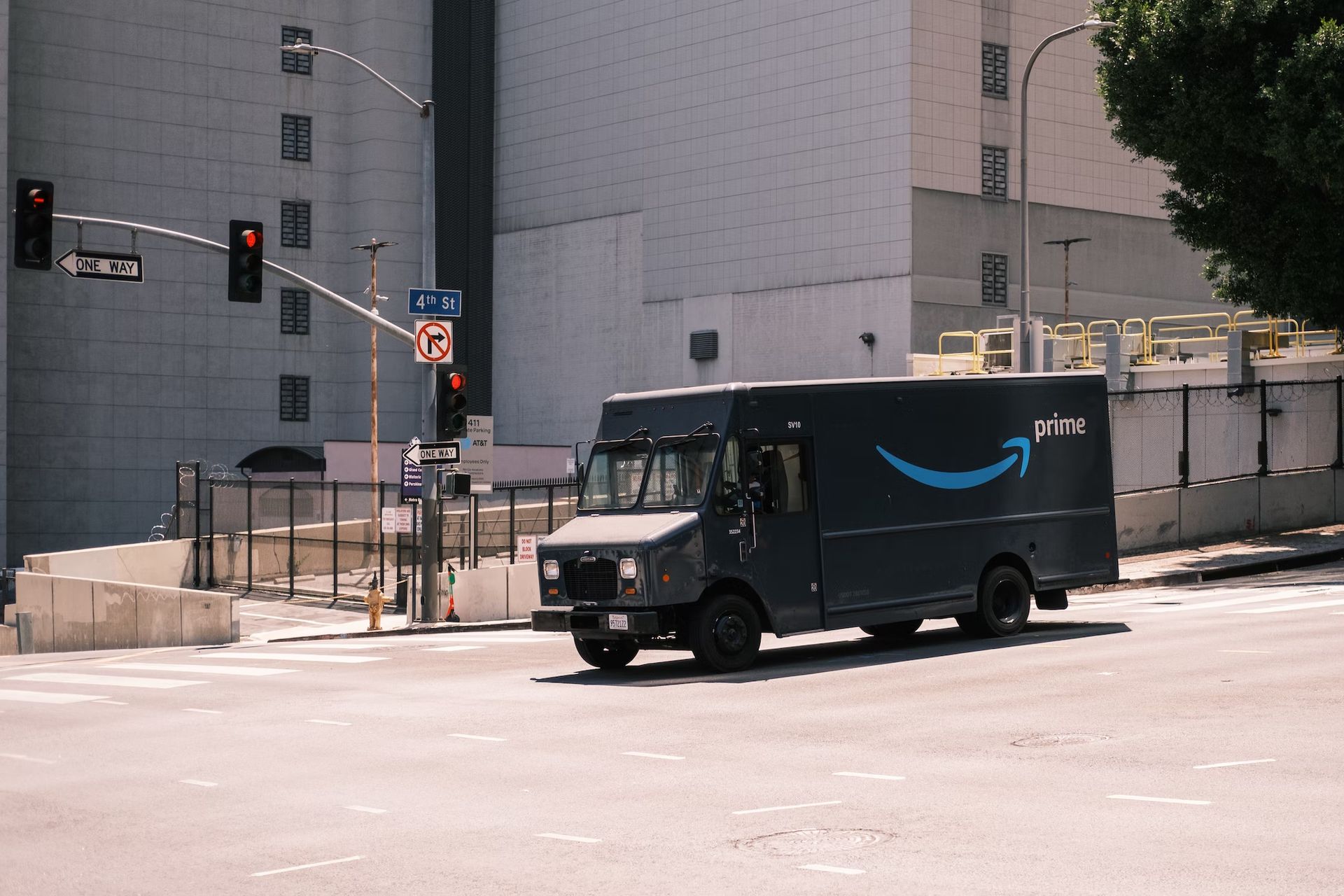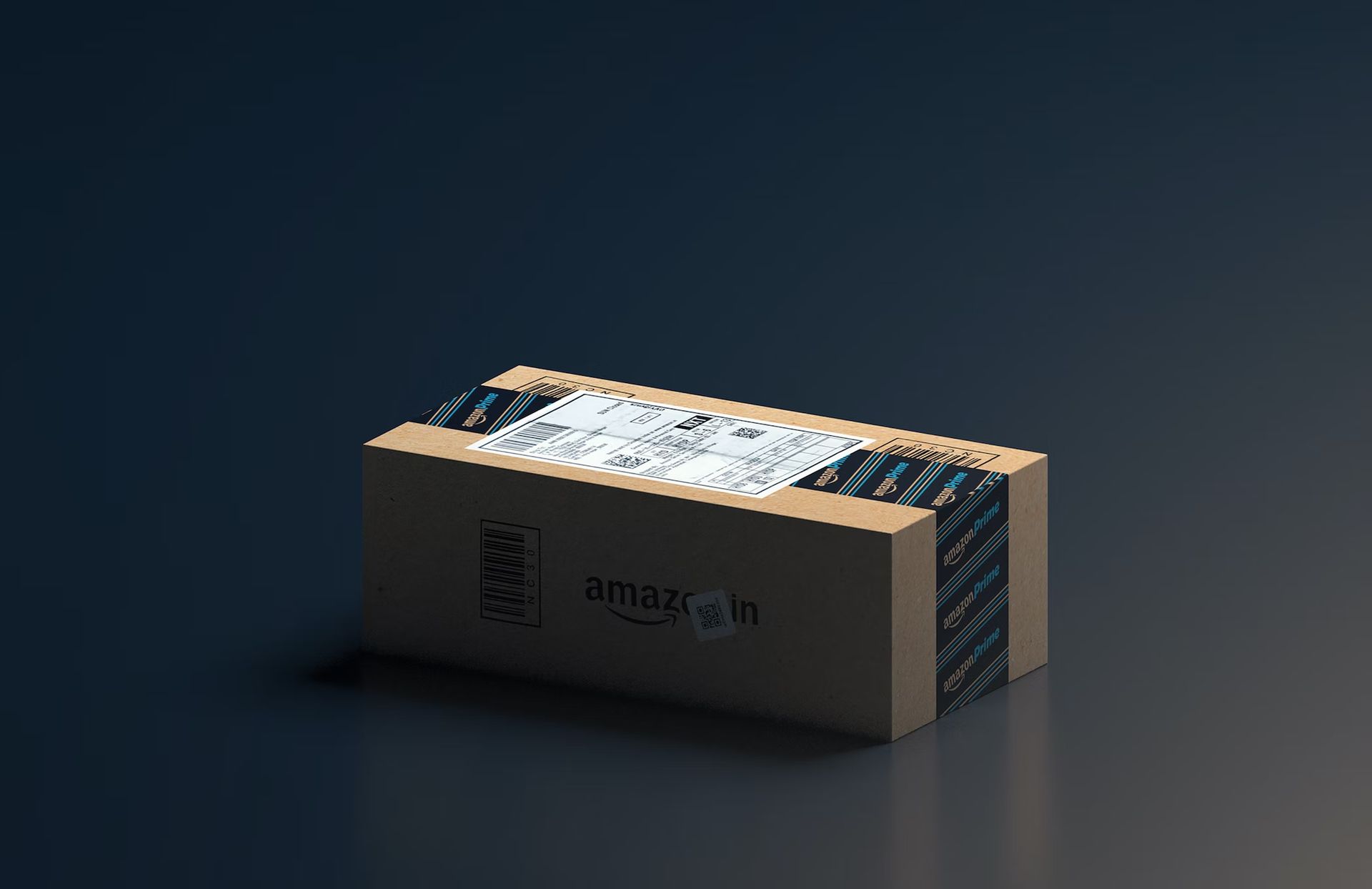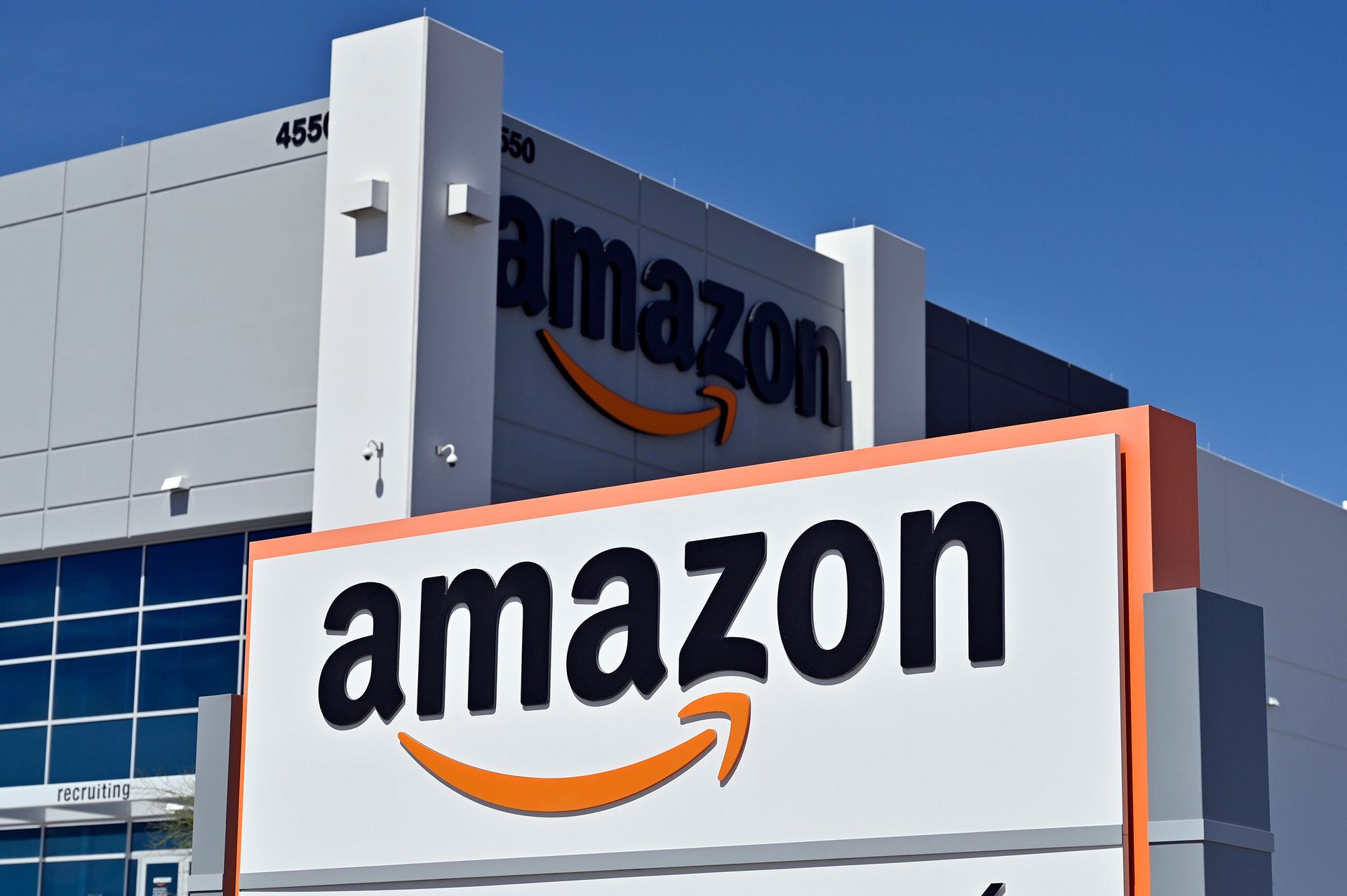The industry is shaken by the latest 2022 Amazon layoffs. According to the latest report of The New York Times, Amazon intends to make the largest employment cutbacks in the history of the company by terminating some 10,000 employees working in corporate and technology positions beginning as early as this week.
The people, who spoke on the condition of anonymity because they were not permitted to speak in public, said that the Amazon layoffs would primarily affect the company’s devices section, which includes the voice assistant Alexa, as well as its retail sector and human resources.
As each company completes its planning, the number of Amazon layoffs is still a moving target and will probably happen team by team rather than all at once, according to one source. But if it maintains at approximately 10,000, it would represent roughly 3% of Amazon’s corporate staff and less than 1% of its more than 1.5 million global workforce, mainly made up of hourly workers.
Amazon layoffs 2022
The fact that Amazon is planning to make cuts during the crucial holiday shopping season when the company has historically valued stability demonstrates how quickly the faltering global economy has pressured Amazon to cut operations that have been overstaffed or underperforming for years.
Amazon would also become the most recent technology company to fire employees, despite only recently fighting to keep them. The e-commerce giant increased the cash salary threshold for its tech employees by more than double its previous level this year, citing “a particularly competitive labor market.”

Amazon layoffs have been triggered across the tech sector as a result of evolving business models and the unstable economy. Elon Musk cut the number of employees at Twitter in half this month after purchasing the business. At the same time, Meta, the parent company of Facebook and Instagram, stated last week that it was cutting off 11,000 staff members, or approximately 13 percent of the workforce. In recent months, employees at Lyft, Stripe, Snap, and other digital companies have also been let go. Microsoft also announced layoffs in a variety of departments on Monday, October 17, 2022.
Due to the pandemic, Amazon experienced its most successful period in history as customers went online shopping and businesses flocked to its cloud computing services. Amazon expanded and experimented with uncovering the next big things, more than doubling its workforce in only two years.
However, earlier this year, as the pandemic’s bullwhip broke, Amazon’s growth dropped to the lowest rate in two decades. The company’s initiatives to overinvest and expand quickly came at a hefty cost, and changes in consumer behavior and high inflation hurt revenues.

Amazon’s most recent quarter saw a minor improvement. However, it has warned investors that growth may slow down once again, possibly reaching its slowest rate since 2001.
According to Wall Street, the business has previously tightened its belt and can do so again. During the dot-com bust in 2001, Amazon slashed 1,500 jobs, including hourly workers, accounting for 15% of their workforce at the time. Following yet another period of rapid expansion, a few hundred corporate workers were let go during the 2018 Amazon layoffs.
According to three people, Amazon executives met with institutional investors last week, just as the company’s stock dropped to its lowest point since the beginning of the pandemic and lost $1 trillion in value since Andy Jassy became CEO last year.
Mr. Jassy, who formerly oversaw Amazon’s lucrative cloud computing division, has been closely examining companies to quickly reduce costs. He first halted a warehouse expansion that the pandemic had accelerated before shifting his attention to other business areas.
Additionally, Amazon has recently shut down or scaled back a number of projects. These include Amazon Care, a service that offered primary and urgent medical care but was unable to attract enough customers; Scout, a cooler-sized home delivery robot that, according to Bloomberg, employed 400 people; and Fabric.com, a division that sold sewing supplies for three decades.
It decreased its headcount by about 80,000 from April to September, mostly by attrition among its hourly workforce.

In September, Amazon stopped hiring for a number of its smaller teams. In its primary retail operation, it ceased filling more than 10,000 unfilled positions in October. It put a temporary halt to corporate hiring two weeks ago across the entire organization, including its cloud computing division.
According to a copy of the talking points obtained by The New York Times, the announcement was made so abruptly that recruiters were not given talking points for job candidates for almost a week.
According to calculations made by John Blackledge, a Cowen & Company analyst who has watched Amazon for ten years, the company’s primary e-commerce division has been losing billions of dollars this year. He said, “They need to review everything.” Simply put, “This is not sustainable.”
Internally, devices and Alexa have always been considered vulnerable to cuts as Amazon rushed to develop the best voice assistant, which officials believed could replace mobile phones as the next indispensable consumer interface. Alexa and related gadgets shot to the top of the company’s list of priorities. Amazon hired 10,000 developers to work on Alexa and Echo devices between 2017 and 2018. Any engineer who received a job offer from Amazon for another position in the past also intended to receive an offer from Alexa.
Hundreds of millions of Alexa-enabled gadgets have been sold by the corporation. However, according to Amazon, the products frequently have low-profit margins, and alternative revenue streams like voice shopping have not gained traction.

According to a person with knowledge of economics, Echo and Alexa lost around $5 billion in 2018. This year, Amazon’s annual event to unveil new gadgets was much more subdued than in years past, when it had highlighted outlandish products like a sticky note printer and a $1,000 house robot.
After the pandemic’s demand surge and rapid expansion, Amazon’s retail business—which includes its offline and online retail operations as well as its logistics division—has been struggling. The business has stated that it has postponed expansion plans and has informed investors that it believes consumer confidence is low.
The finance director, Brian Olsavsky, told investors last month that “We’re realistic that there are various factors weighing on people’s wallets.” Despite not knowing where expenditure was going, he said that the organization was “ready for a variety of outcomes.” We hope that this was the end of Amazon layoffs in 2022.





